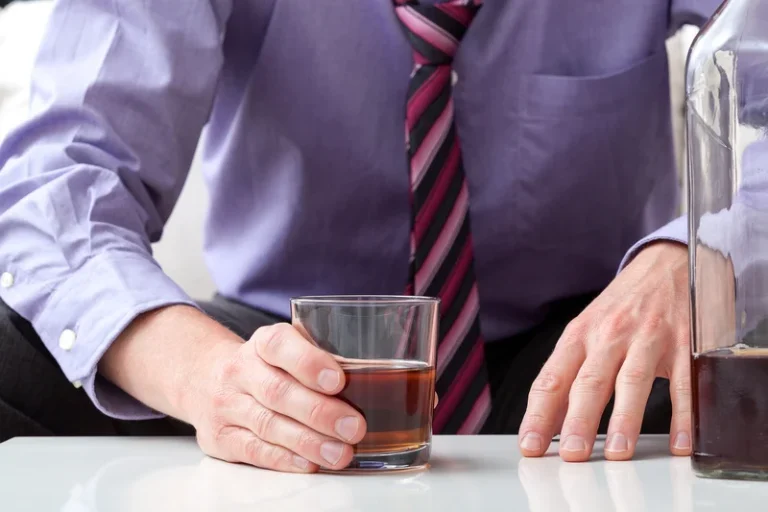
Benzodiazepine withdrawal is a physiological and psychological process that occurs when an individual who has been taking benzodiazepines, either as prescribed or through misuse, reduces or stops their use abruptly. This condition manifests due to the body’s physical dependence on the drug, benzodiazepine withdrawal management a state where the central nervous system adjusts to the presence of benzodiazepines. Over time, the brain becomes reliant on these substances to function normally, leading to significant distress when the drug is withdrawn.
Overall effects on everyday life
- We publish material that is researched, cited, edited and reviewed by licensed medical professionals.
- It’s a testament to the human capacity for endurance, the pursuit of well-being, and the transformative power of comprehensive care.
- Understanding these factors can help tailor withdrawal plans, anticipate challenges, and implement strategies to mitigate discomfort.
- Still, these can be managed through medical support, lifestyle adjustments, and emotional backing.
- Benzodiazepine withdrawal can be managed with a gradual dose reduction, which will cause milder symptoms that come and go in waves.
Symptomatic treatment can be used in cases where residual withdrawal symptoms persist (Table 3). Procedure for administering clonidine for moderate/severe opioid withdrawal. Patients should drink at least 2-3 litres of water per day during withdrawal to replace fluids lost through perspiration and diarrhoea. Physical exercise may prolong withdrawal and make withdrawal symptoms worse. Patients who are opioid dependent and consent to commence methadone maintenance treatment do not require WM; they can be commenced on methadone immediately (see opioid withdrawal protocol for more information). Dependence appears to occur in a similar way to how it does with other addictive drugs.
Seeking Support During Detox
The onset of benzodiazepine withdrawal depends on the specific medication you are taking. Short-acting drugs like Xanax (alprazolam) and Ativan (lorazepam) leave the system quicker, which means withdrawal symptoms can appear in as little as eight to 12 hours. When you are physically dependent on a drug, it means your body can’t operate normally without it.
Best Way to Detox from Alcohol
This ensures a safer detoxification process and provides access to therapeutic interventions that can help manage withdrawal symptoms and reduce the likelihood of relapse. The withdrawal timeline from benzodiazepines is a highly individualized process influenced by a myriad of factors. Recognizing these factors allows for a more informed and compassionate approach to managing withdrawal, emphasizing the importance of personalized care plans. By understanding and anticipating the challenges of benzodiazepine withdrawal, individuals and healthcare providers can work together to navigate this complex journey toward recovery.


Benzodiazepines, commonly referred to as “benzos,” have long been prescribed to treat a range of conditions, from anxiety and panic disorders to insomnia and epilepsy. Their alcohol rehab effectiveness in calming the nervous system has made them a staple in treating such ailments, offering relief to millions worldwide. However, the flip side of this relief is the potential for physical dependence and addiction—a risk that becomes starkly apparent when the time comes to cease their use. Withdrawal symptoms from benzodiazepines can range from mildly uncomfortable to severe, posing significant challenges for those looking to disentangle themselves from the drug’s grip. Stopping benzodiazepines all at once can be dangerous, so your doctor will likely guide you through a tapering regimen that involves gradually reducing your dose over time. If you experience severe withdrawal symptoms during tapering, tell your doctor so they can adjust your care plan as needed.
Recognizing the diverse symptoms that can manifest and appreciating the factors that influence the withdrawal timeline are essential steps in preparing for the road ahead. Doctors may use certainmedications to manage drug cravingsand withdrawal symptoms during medical detox. The benzodiazepine withdrawal treatment guidelines at The Recovery Village https://ecosoberhouse.com/ allow some patients to be treated with medications. The severity of benzodiazepine withdrawal symptoms can fluctuate markedly and withdrawal scales are not recommended for monitoring withdrawal. Rather, the healthcare worker should regularly (every 3-4 hours) speak with the patient and ask about physical and psychological symptoms.
- For some, this includes enrolling in an inpatient addiction treatment, where they can address the underlying causes of their benzo misuse and/or addiction.
- Anyone taking them on a daily basis can develop a tolerance and dependence.
- But if you remove the drug all at once, your brain doesn’t have enough time to prepare, and you can develop life-threatening symptoms like seizures.
- However, the flip side of this relief is the potential for physical dependence and addiction—a risk that becomes starkly apparent when the time comes to cease their use.
- Following detox, some individuals may find that outpatient benzodiazepines rehab is a more ideal fit for their needs.
Find the Right Benzo Addiction Treatment Center

In severe cases, withdrawal can lead to life-threatening conditions such as delirium and grand mal seizures. This underscores the importance of medically supervised tapering and detoxification processes. The risk of such severe withdrawal effects and the potential for BIND highlight the importance of careful management and monitoring when prescribing benzodiazepines. It is crucial for healthcare providers to weigh the benefits against the risks and consider alternative treatments when possible.

